
Click for the full audio story:
Today we’re going on a ride along with a photojournalist. Loren Holmes works for the newly rebranded Alaska Dispatch News.
Both Holmes’ father and grandfather were photographers. In fact the first room his dad built in his childhood house was a dark room. But when Holmes graduated high school he took a different path. He majored in philosophy.
“I think philosophy is sort of a prerequisite to life. It teaches you how to think critically, explore something from different angles,” Holmes says.
But Holmes could only hold out so long before he got the photography bug. Luckily, he was able to apply those philosophical principles to his new career.
“Your life experiences will influence your photography. So the more you can think critically and differently, the more interesting I think your photos will be,” Holmes says.
Holmes originally fell in love the tradition of photojournalism; the planning, the editing, the ethics. But he says the profession is changing, and it’s changing fast.
“Where I work social media is so important. I’m expected to post on Twitter, post on Instagram and Facebook. I’m supposed to post photos that people will like and share,” Holmes says.
Holmes says he likes apps like Instagram, and the seemingly infinite number of great photos you can find on them. But he says there’s a trade off; a drop in what he calls “visual literacy.”
“I think people don’t think about photos they way they used to, I don’t think they think about their meaning, and I don’t think they give them enough mental time as they used to and as they probably should. It just gets lost so quickly now, and that’s a little concerning,” Holmes says.
Today Holmes won’t be posting to Instagram or Facebook. He’s driving out to Palmer for a portrait series he’s working on.
“It’s a project on Alaska’s centenarians: Alaskans that are over 100 years old. So I’m trying to interview as many as I can, make some portraits of them, and just find out about their lives and how they’ve seen Alaska change,” Holmes says.
Holmes isn’t working on a daily deadline for this project. That gives him time to interact with his subjects; something he rarely gets to do.
A portrait of centenarian Margaret Lucas that Holmes captured:
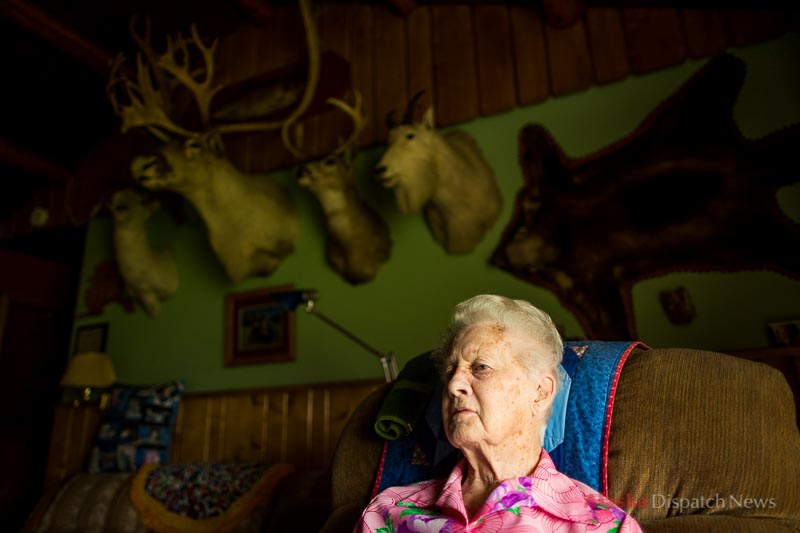
Holmes tells me that in addition to his job with the Dispatch, he sits on the board of the Alaska Photographic Center, a group that deals mostly with fine art photography. He says the contrast between that role, and this one might seem stark.
“Photojournalists don’t stage events. They don’t manipulate the scene. They don’t Photoshop things out of or into the photo. So a lot of those things that are common and expected in the fine art world wouldn’t be accepted in a newspaper,” Holmes says.
Holmes says he is constantly trying to incorporate the “wow” of fine art into his daily pictures.
“The great power of photography is the emotional impact it makes. A photojournalist is recording the facts before them, a moment in time. But it’s not just what’s literally in the photo that makes it a good photo. It’s the emotional impact you get when you see that photo that makes it a great photo,” Holmes says.
For more information on Alaska Photographic Center’s Rarified Light 2014, including the upcoming lecture by Joyce Tenneson, visit: www.akphotocenter.org
More photos from Loren Holmes:
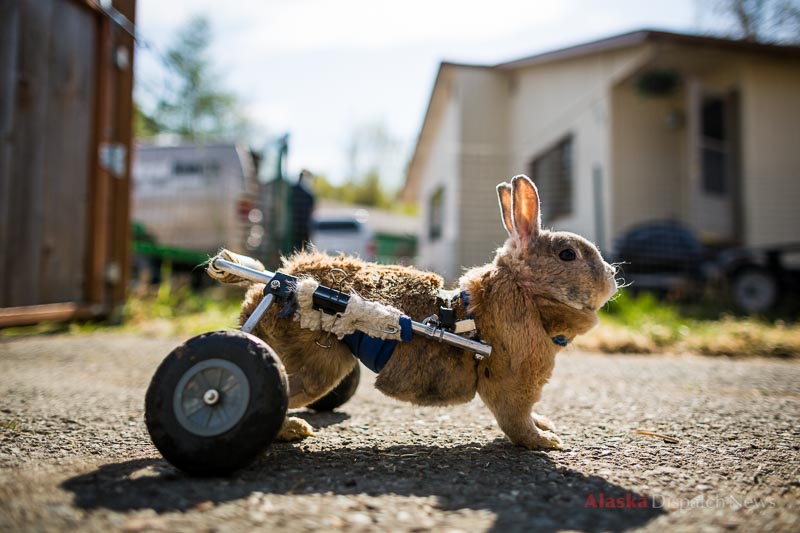
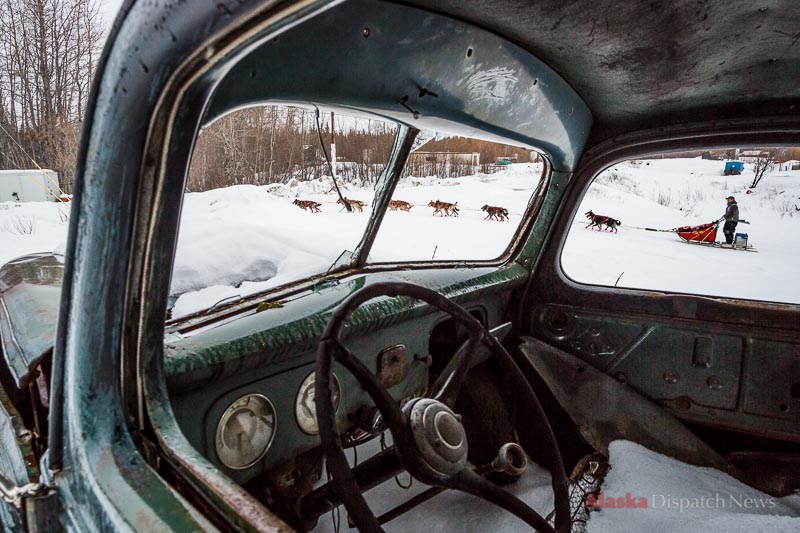
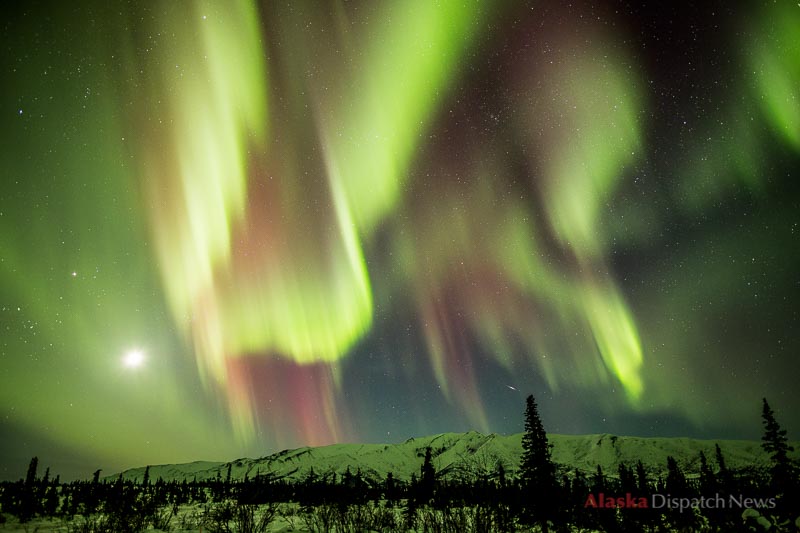
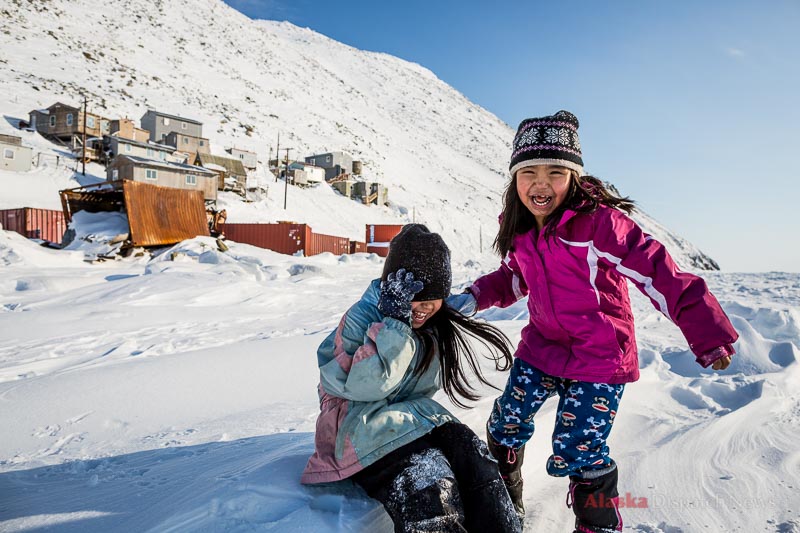
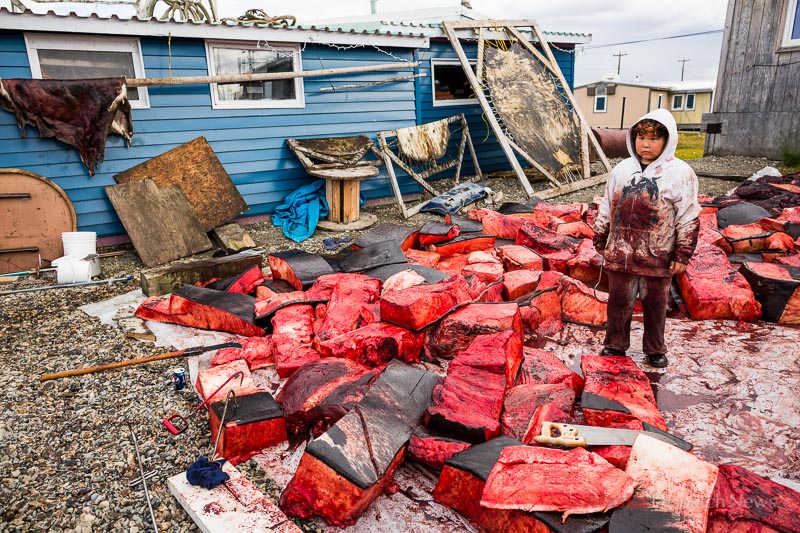
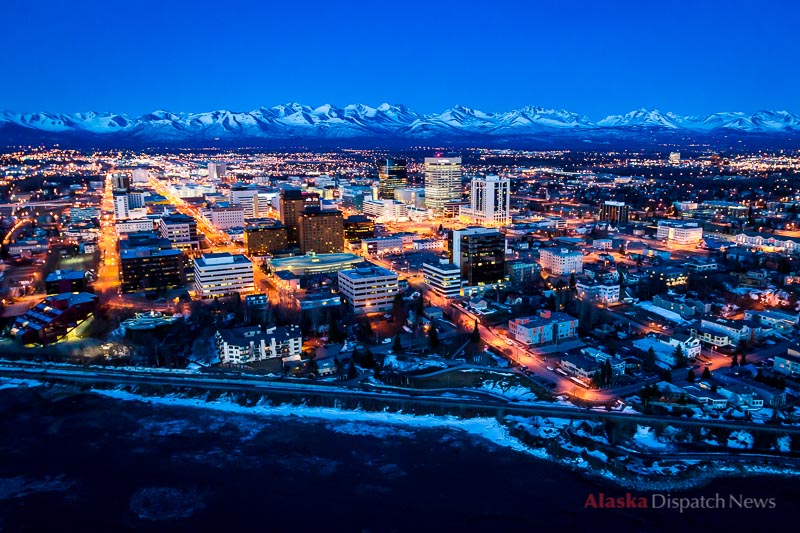
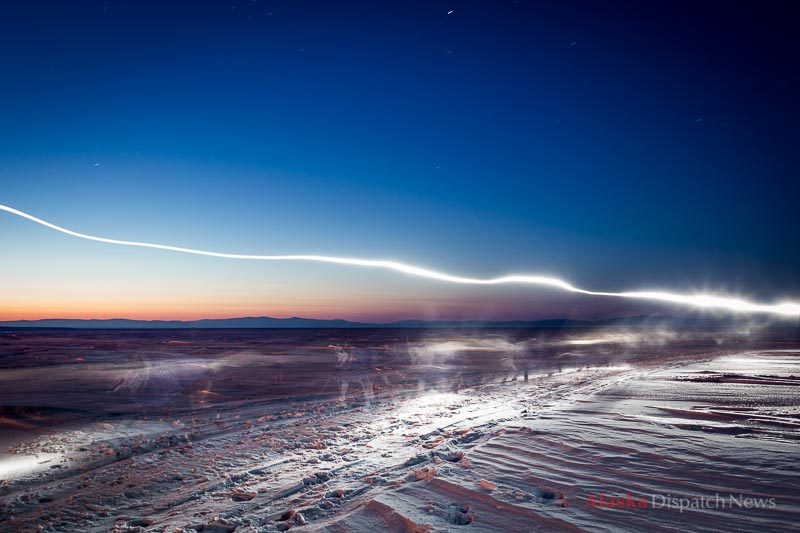
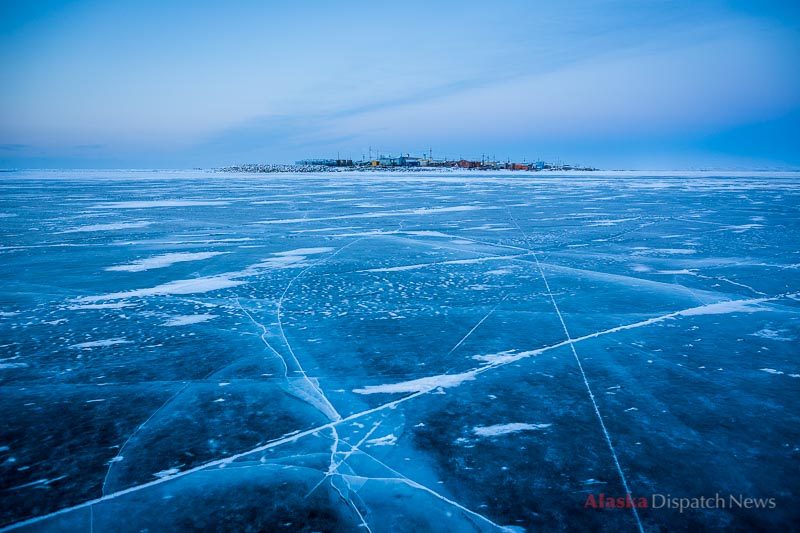
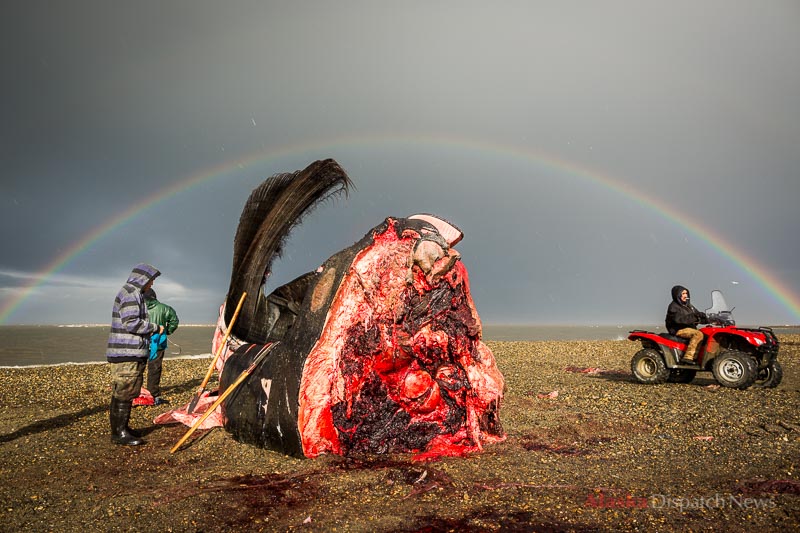
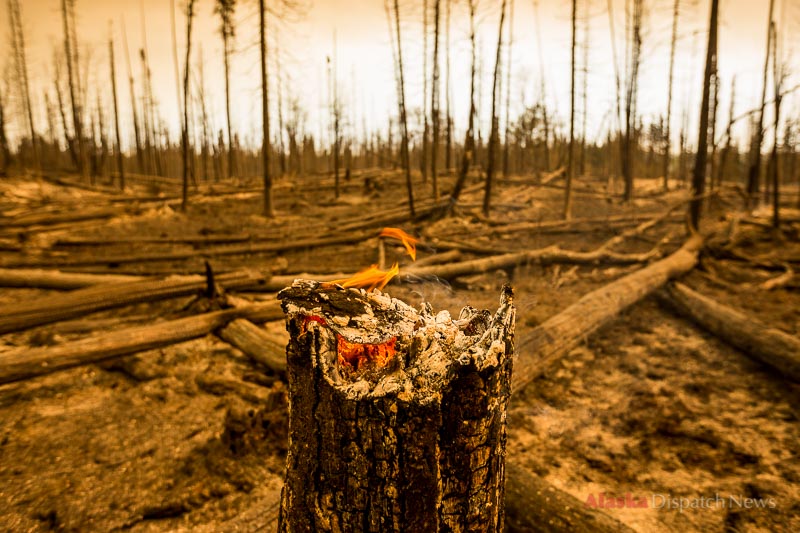
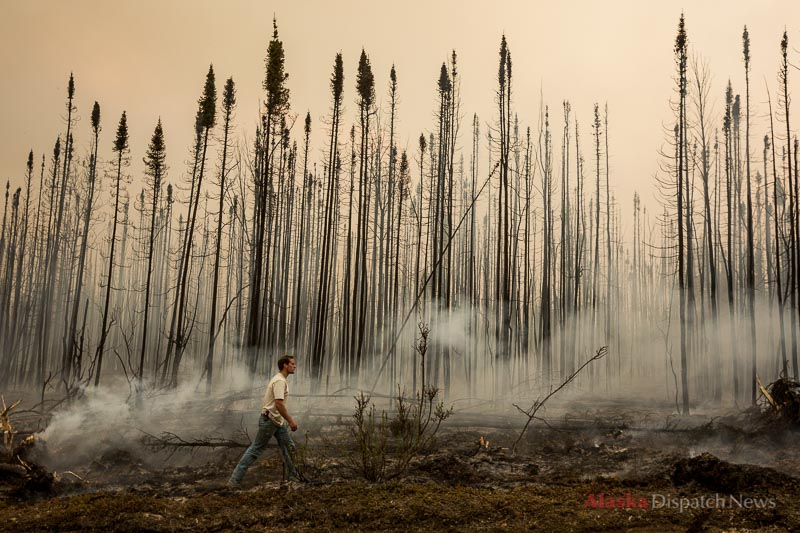
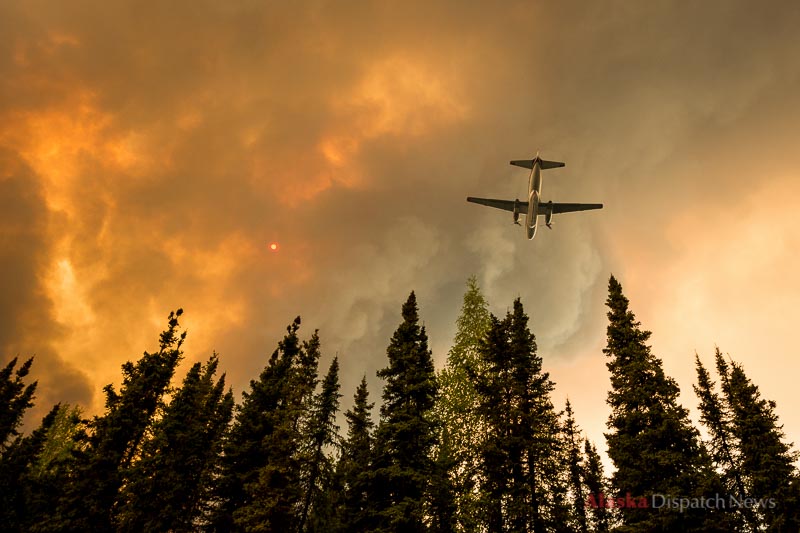
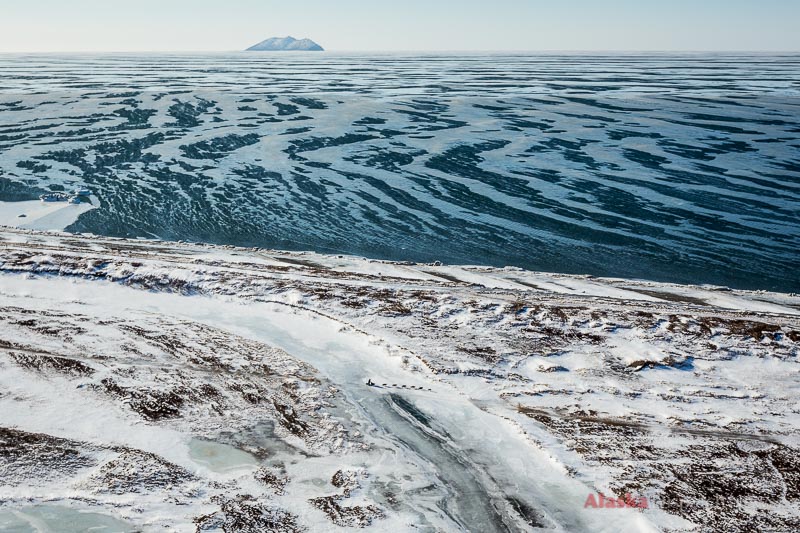
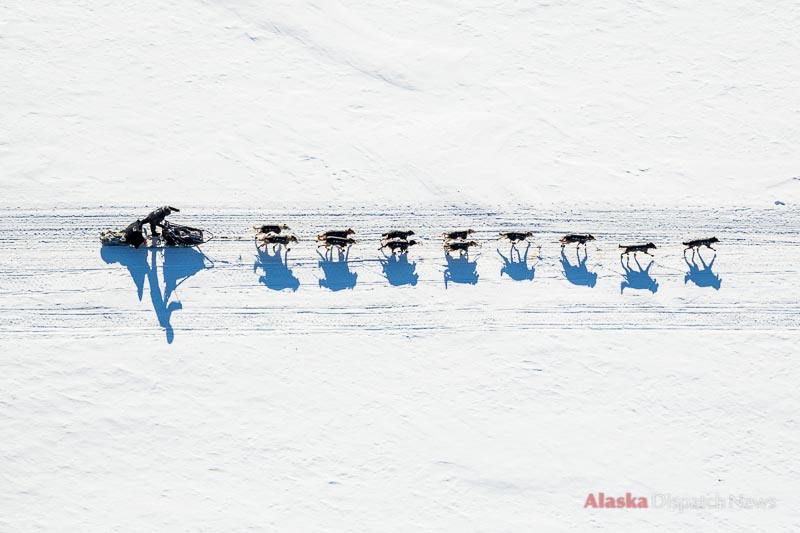
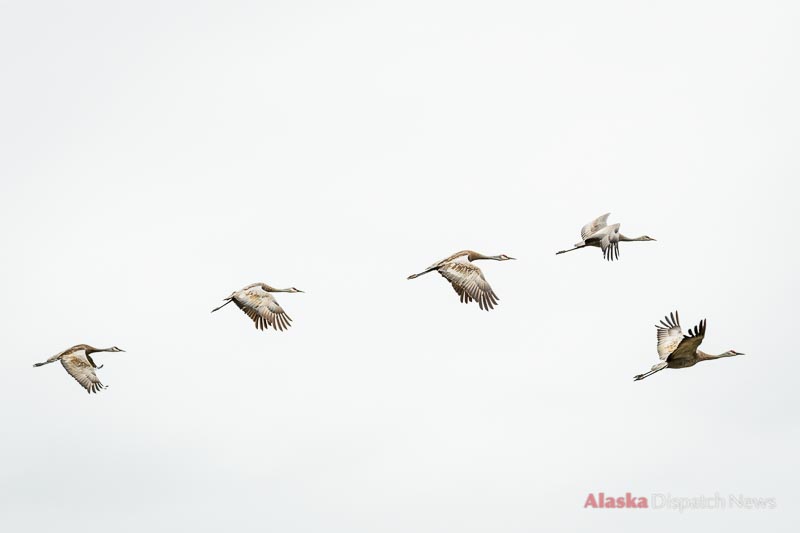
Dave Waldron began his radio career in 2000 as a volunteer DJ at UAA’s radio station KRUA 88.1, where he hosted a weekend music show. In 2004 he was hired as the station’s music director, and held the position until his graduation in 2007. He was hired by Alaska Public Media in 2008 and since then has worked as an audio engineer, editor, and producer. He currently runs his own small business AK Audio Pro, and is a host of Alaska Public Media’s Hometown, Alaska.





